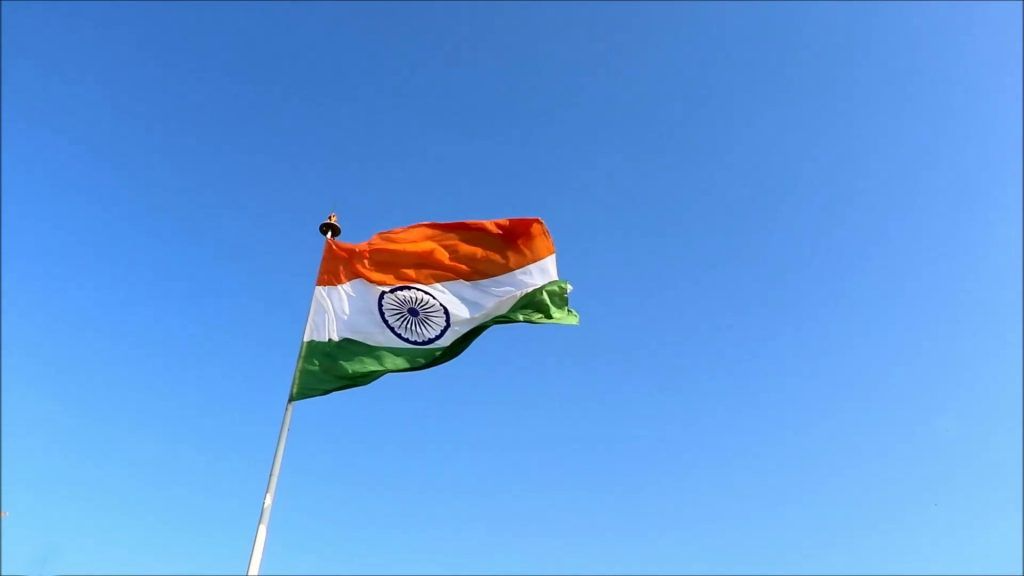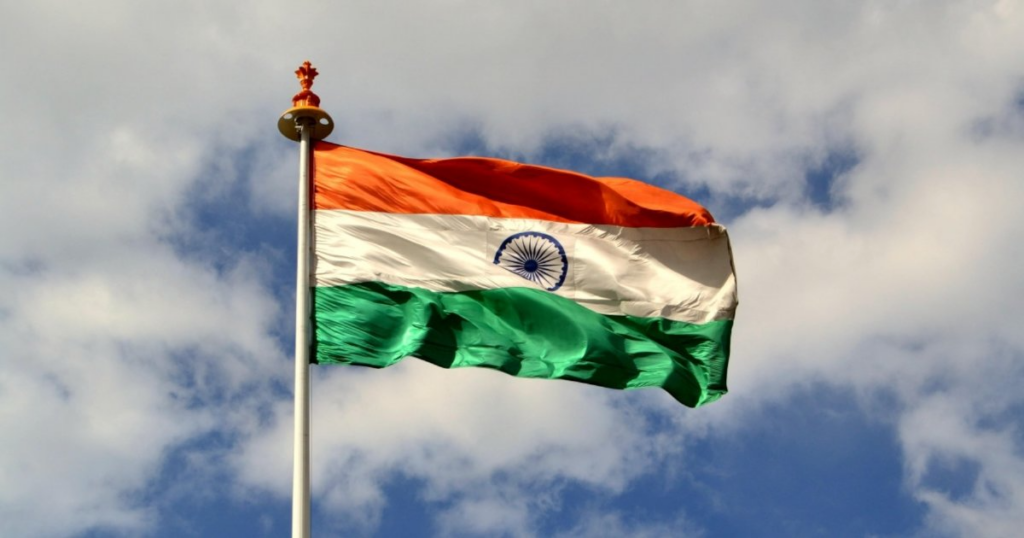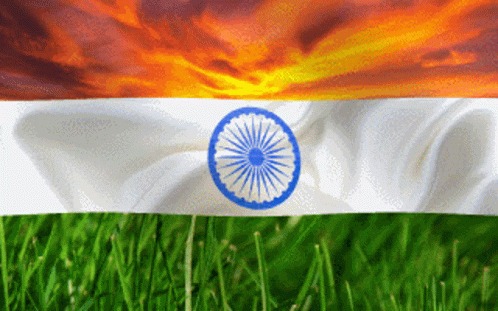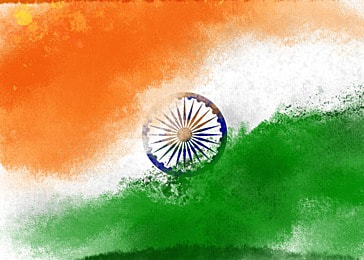
Welcome To Tiranga
The Tiranga, also known as the Indian National Flag, holds a deep symbolic meaning and is an important part of India’s history and identity. The flag, with its unique design and colors, represents the spirit of the country, embodying values such as freedom, unity, and diversity. As citizens of India, it is essential to understand the profound significance of the Tiranga, as it represents not only the country’s independence but also its unity and rich cultural heritage.
The Colors of the Tiranga and Their Symbolism
The Indian National Flag consists of three horizontal bands of color: saffron at the top, white in the middle, and green at the bottom. At the center of the white band is a navy blue Ashoka Chakra, a 24-spoked wheel.
Saffron – The Color of Courage and Sacrifice
The top band of the flag is saffron, a color associated with strength, courage, and sacrifice. It represents the spirit of sacrifice and the courage displayed by freedom fighters who struggled for India’s independence. The saffron color reminds citizens of the sacrifices made to achieve freedom from colonial rule and to preserve the nation’s integrity.
White – The Color of Peace and Truth
The middle band of the flag is white, which signifies peace, truth, and purity. This color symbolizes India’s commitment to peaceful coexistence and its pursuit of truth and honesty. The white color serves as a reminder of the importance of unity, harmony, and fairness in society.
Green – The Color of Fertility and Growth
The bottom band of the flag is green, symbolizing fertility, prosperity, and the rich agricultural heritage of India. This color represents the country’s commitment to environmental sustainability and progress. The green band also signifies the importance of growth and development, both individually and collectively.
Tiranga: A Symbol of Unity and Pride for India
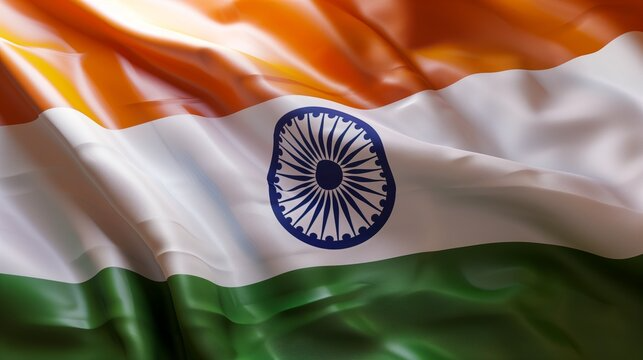
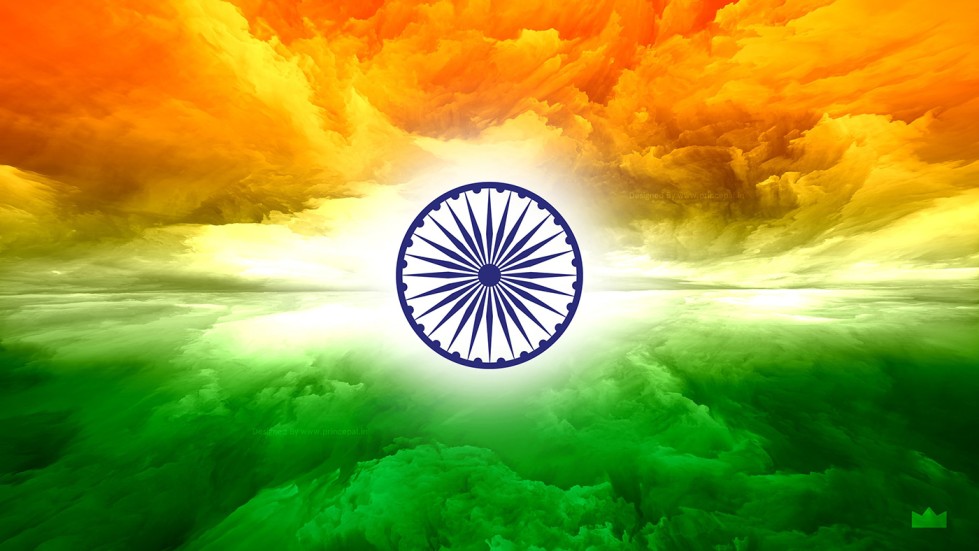
The Tiranga, the Indian national flag, is more than just a piece of cloth. It represents the values, sacrifices, and history of the nation. The flag, with its distinct tri-color design, evokes a sense of patriotism and unity. It holds deep meaning, both historically and symbolically, and continues to inspire citizens of India. In this blog, we delve into the history, significance, and importance of the Tiranga.
The Origins of the Tiranga
The journey of the Indian national flag began during the struggle for independence. Before the current design was adopted, India used different flags at various stages of its history. The first significant flag was created in 1906, and over time, several changes were made to it, eventually leading to the modern-day version that we see today.
In 1947, when India achieved its independence, the Constituent Assembly of India decided on the current design of the flag. This design was presented by Pingali Venkayya, an Indian freedom fighter, who had previously designed a flag during the freedom movement.
The national flag was adopted on July 22, 1947, just before independence. The flag was designed with three horizontal stripes of saffron, white, and green, with a navy blue Ashoka Chakra in the center. Each color in the flag carries its own significance, representing key aspects of India’s identity.
Understanding the Design and Colors of the Tiranga
The Tiranga consists of three distinct colors and a symbol at its center, each of which holds a deep symbolic meaning:
Saffron (Top Band): The top band of the flag is saffron, which symbolizes courage, sacrifice, and the spirit of renunciation. It is associated with the struggle for freedom and represents the energy and determination required to achieve independence. The color saffron reflects the essence of the Indian people’s relentless pursuit of justice and equality.
White (Middle Band): The white band in the center signifies peace, truth, and unity. It represents the harmonious and balanced nature of the country. White stands for the calm and serene spirit that Indians aim to embody, and it reminds us of the importance of maintaining unity and peace despite differences in culture, religion, and language.
Green (Bottom Band): The green band symbolizes fertility, growth, and auspiciousness. It also represents the agricultural heritage of India, where agriculture plays a pivotal role in the economy. Green is often associated with prosperity, and in the context of the national flag, it reminds citizens of India’s commitment to progress and sustainable development.
Ashoka Chakra (The Wheel): At the center of the flag lies the Ashoka Chakra, a 24-spoke wheel in navy blue. The Ashoka Chakra represents the eternal wheel of law (Dharma Chakra) and the progress that is ongoing in India. It signifies that life is in constant motion, and as a nation, India must strive toward progress, justice, and the welfare of its people. The 24 spokes stand for the 24 hours of the day, symbolizing the need for the country to keep moving forward in every aspect of life.
Significance of the Tiranga
The Tiranga is much more than a mere national symbol. It carries with it centuries of history, sacrifice, and ideals that define India. For every Indian citizen, the flag holds personal meaning and evokes feelings of unity and pride.
The flag represents the nation’s freedom, hard-earned through the struggles of countless revolutionaries and freedom fighters. It is a symbol of unity in diversity, showcasing the rich and varied cultures, languages, and religions that make up India. Whether it is hoisted on the streets during Independence Day celebrations or displayed in schools and government buildings, the Tiranga reminds everyone of their responsibility to uphold the values of democracy, peace, and progress.
The flag’s significance is also deeply connected to the values of secularism. India is home to a multitude of religions, languages, and cultures, and the flag embodies the spirit of unity despite these differences. It reminds citizens to set aside differences and work together for the greater good of the country.
Celebrating the Tiranga
The most iconic celebration of the Tiranga takes place on Independence Day (August 15) and Republic Day (January 26), when the flag is unfurled across the nation. On these days, the nation comes together in a show of solidarity, as the flag is proudly displayed in every corner of the country.
During these celebrations, speeches, cultural programs, and parades take place, all paying homage to the flag. The flag is not only a symbol of national pride but also a reminder of the freedom that India attained and the journey ahead toward a brighter future.
Apart from the official celebrations, the Tiranga has found its way into the hearts of millions. During cricket matches, national festivals, or even on social media, citizens display the Tiranga as a mark of patriotism. This display of the national flag strengthens the bond among people and reminds everyone of the unity that transcends geographical, social, and cultural boundaries.
Respect and Protocol for the Tiranga
The Tiranga holds a special place in the hearts of every Indian, and as such, it is essential to treat the national flag with the utmost respect. The flag has a set of guidelines for its hoisting and use, which are outlined in the Flag Code of India.
The Flag Code mandates that the Tiranga must be hoisted with the saffron color on top and that the Ashoka Chakra should always face forward, symbolizing the progressive path ahead. It should never touch the ground, be used for commercial purposes, or be defaced in any way.
On special occasions, such as the Republic Day or Independence Day celebrations, it is important to ensure that the flag is treated with dignity and honor. The Flag Code prohibits the use of the national flag in a way that could diminish its sanctity.
Conclusion: The Tiranga as a Unifying Force
The Tiranga is more than just a national symbol; it is a force that binds the diverse land of India together. Through its colors and design, it embodies the country’s spirit of courage, peace, prosperity, and progress. Every time the Tiranga is raised, it serves as a reminder of the sacrifices made by freedom fighters, the resilience of the Indian people, and the bright future that lies ahead for the nation.
As Indians, we carry the Tiranga within us, as it represents the ideals we hold dear—unity, freedom, and justice. The Tiranga stands not only as a flag but as a reflection of the heart and soul of India.
